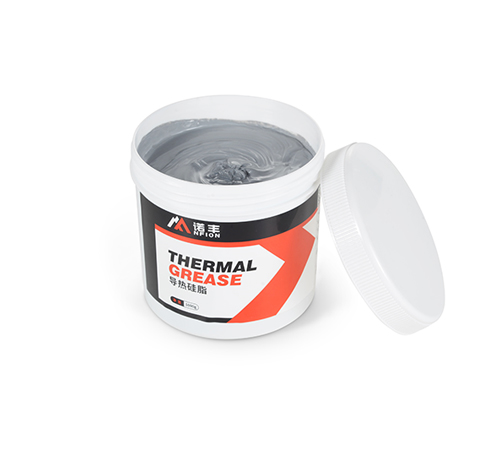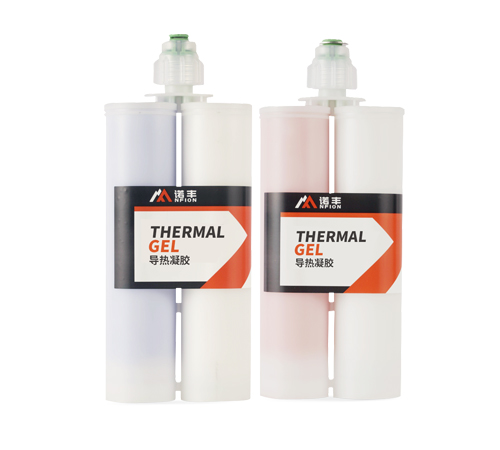Photovoltaic Inverter: The Key Hub for Solar Energy Conversion and Smart Grids
In the increasingly valued field of renewable energy, solar photovoltaic power generation, with its clean and sustainable characteristics, has become a crucial pillar for global energy transition. Within this photovoltaic power generation system, the photovoltaic inverter plays a vital role. It is not only a key bridge connecting solar panels with the grid or loads but also the core equipment for achieving efficient, safe, and intelligent photovoltaic power generation. This article will delve into the definition, working principle, main classifications, and key roles of photovoltaic inverters in modern energy systems.
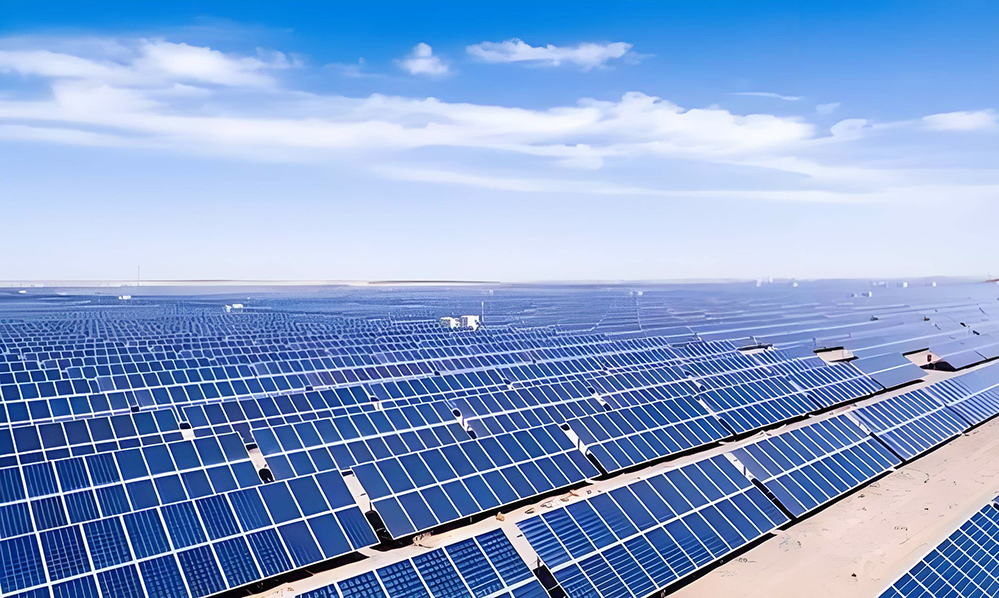
Definition of Photovoltaic Inverter
A photovoltaic inverter (PV Inverter), also known as a solar inverter, is a power electronic device. Its core function is to convert the direct current (DC) generated by solar panels into alternating current (AC) that meets the requirements of the power grid or electrical appliances. Simply put, it acts like a "translator," converting the DC "language" spoken by solar panels into the AC "language" that the power grid and household appliances can "understand."
Working Principle of Photovoltaic Inverter
The working principle of a photovoltaic inverter involves complex power electronic technology, mainly including the following key steps:
1. DC-DC Boost/Buck Conversion (Optional): The output voltage of solar panels is not constant; it fluctuates due to factors such as light intensity and temperature. To obtain a stable DC voltage input to the inverter stage, some photovoltaic inverters integrate a DC-DC converter to boost or buck the output voltage of the panels, maintaining it within a relatively stable range, thereby optimizing the efficiency of the entire system.
2. DC-AC Inversion: This is the core stage of the photovoltaic inverter. Through the rapid switching of power electronic devices (such as IGBTs, MOSFETs, etc.) and complex Pulse Width Modulation (PWM) or other control strategies, the input DC power is converted into AC power with a certain frequency and voltage amplitude. The performance of the inversion stage directly determines the quality of the output AC power, including voltage waveform, frequency stability, and harmonic content.
3. Filtering: The AC power output from the inversion stage usually contains high-frequency harmonic components, which can have adverse effects on the power grid and electrical appliances. Therefore, the inverter uses filters (usually composed of inductors and capacitors) to filter the output AC power, removing high-frequency harmonics and outputting high-quality sinusoidal AC power.
4. Grid Connection Control and Protection (for Grid-tied Inverters): For grid-tied photovoltaic inverters, they also need to have the function of synchronizing with the power grid, including frequency synchronization, phase synchronization, and voltage amplitude matching. At the same time, to ensure the safety of the system and personnel, the inverter integrates various protection functions, such as overvoltage protection, undervoltage protection, overcurrent protection, short-circuit protection, and anti-islanding protection. Anti-islanding protection refers to the inverter's ability to automatically stop supplying power to the grid when the grid loses power, preventing the risk of electric shock.
5. Maximum Power Point Tracking (MPPT): To maximize the utilization of solar energy resources, photovoltaic inverters are usually equipped with MPPT functionality. The MPPT algorithm can real-time track the maximum power output point of the solar panels under the current environmental conditions and dynamically adjust the input voltage and current of the inverter to ensure that the solar panels always operate at their optimal state, thereby improving power generation efficiency.
Main Classifications of Photovoltaic Inverters
According to different application scenarios and functional characteristics, photovoltaic inverters can be divided into the following main types:
1. Classification by Application Scenario:
● Grid-tied Inverter: This is the most common type, and its output AC power is directly fed into the power grid. Grid-tied inverters need to meet strict grid connection standards, including voltage, frequency, power factor, and harmonic content requirements.
● Off-grid Inverter: Also known as a standalone inverter, it is mainly used in areas without grid coverage or in situations requiring independent power supply. Off-grid inverters usually need to be used in conjunction with batteries, storing the electricity generated by solar panels in the batteries first, and then converting the DC power from the batteries into AC power for loads.
● Hybrid Inverter: This is a hybrid inverter that integrates both grid-tied and off-grid functions. It can simultaneously connect to solar panels, batteries, and the grid, realizing bidirectional energy flow and intelligent management, such as self-consumption, surplus power feed-in, peak shaving and valley filling, and backup power.
2. Classification by Power Rating:
● Microinverter: Typically connected to a single or a small number of solar panels, directly converting the DC power generated by each panel into AC power. Microinverters have the advantages of independent MPPT, high system reliability, and easy expansion.
● String Inverter: Connects multiple series-connected solar panels to one inverter. This is the most widely used type currently, with the advantages of relatively low cost and convenient installation and maintenance.
● Central Inverter: Usually used in large ground-mounted power plants, connecting a large number of parallel-connected solar panel arrays to one or a few high-power inverters. Central inverters have high power and relatively low cost, but their MPPT accuracy is relatively low, and the system flexibility is poor.
3. Classification by Topology:
● Half-bridge Inverter
● Full-bridge Inverter
● Multilevel Inverter
Different topologies vary in efficiency, cost, and harmonic characteristics, and are suitable for different application scenarios and power ratings.
Roles of Photovoltaic Inverters
Photovoltaic inverters play a crucial role in photovoltaic power generation systems, and their importance is reflected in the following aspects:
1. Core of Energy Conversion: The photovoltaic inverter is the key equipment for realizing the conversion of solar energy into usable electrical energy. Without an inverter, the DC power generated by solar panels cannot directly power AC loads or be fed into the grid.
2. Guarantee of System Efficiency: Through the MPPT function, photovoltaic inverters can maximize the extraction of energy from solar panels, improve the power generation efficiency of the entire photovoltaic system, thereby reducing energy waste and shortening the investment payback period.
3. Assurance of Power Quality: High-quality photovoltaic inverters can output AC power that meets grid standards, ensuring the stable operation of the power grid and the safe and reliable operation of electrical appliances. Low-quality inverters may generate excessive harmonics, causing interference and damage to the power grid and electrical appliances.
4. Enhancement of System Safety: Photovoltaic inverters integrate multiple protection functions that can promptly cut off the circuit when the system malfunctions, preventing the expansion of accidents and ensuring the safety of personnel and equipment.
5. Foundation of Intelligent Management: Modern photovoltaic inverters usually have communication and monitoring functions, which can real-time monitor the system's operating status, power generation, and fault information, providing data support for intelligent management and remote operation and maintenance of the system. Some advanced inverters also have reactive power compensation and grid support functions, which help improve the stability and reliability of the power grid.
Conclusion and Outlook
As a core component of photovoltaic power generation systems, the performance of photovoltaic inverters directly affects the efficiency, reliability, and safety of photovoltaic power generation systems. With the continuous development of power electronic technology and the construction of smart grids, future photovoltaic inverters will move towards higher efficiency, higher reliability, more intelligence, smaller size, and lower cost. The popularization of energy storage inverters will further enhance the flexibility and dispatchability of photovoltaic power generation, contributing more significantly to the construction of a clean, efficient, and intelligent modern energy system. A deep understanding of the working principle, classification, and roles of photovoltaic inverters is of great significance for promoting the progress and application of photovoltaic technology.

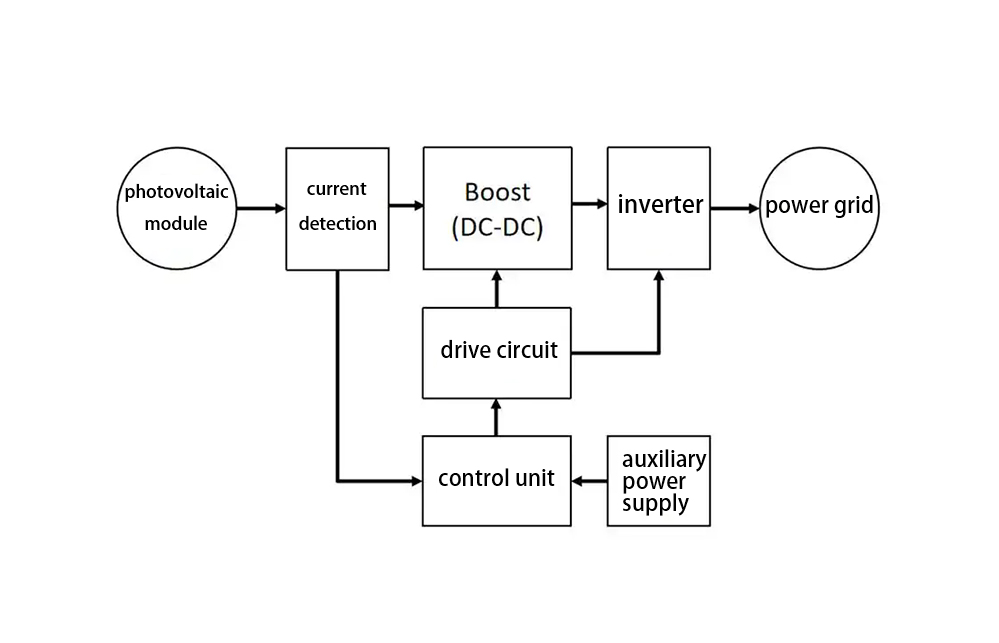
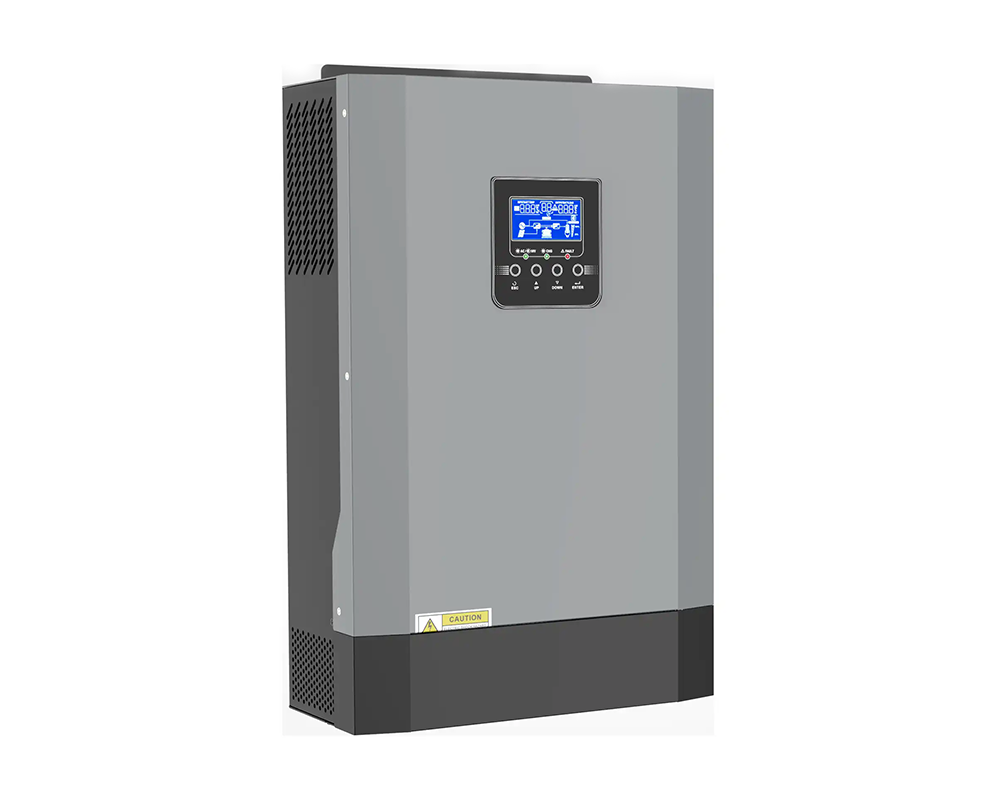
 CN >
CN >

